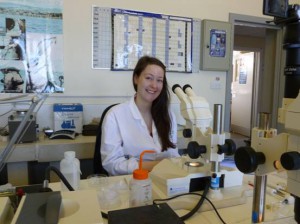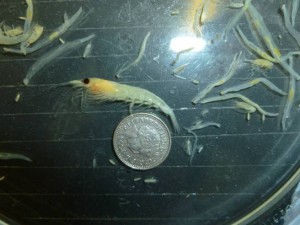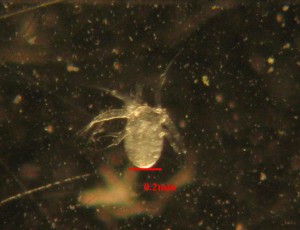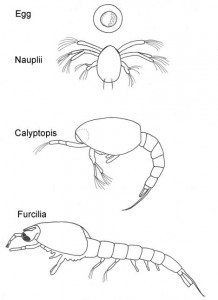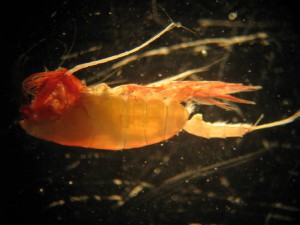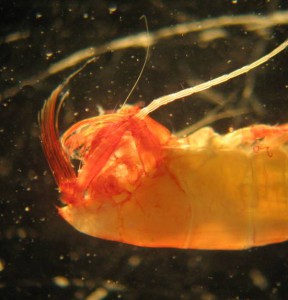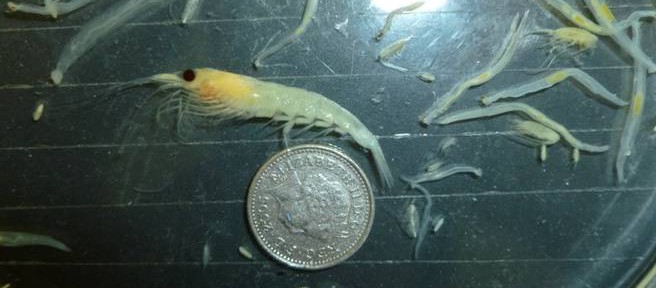
In the beginning of May I was lucky enough to spend three days at the Marine Laboratory in Aberdeen receiving some expert taxonomy training from staff at Marine Scotland Science (MSS). MSS is a division of Marine Scotland and is responsible for issuing advice on a wide range of activities such as marine and freshwater fisheries, aquaculture and for carrying out research and monitoring of the a range of marine habitats and species in support of the Scottish Government policies and regulatory activities. More info about MSS’S work can be found on their coastal monitoring blog:
http://blogs.scotland.gov.uk/coastal-monitoring
Again, a big thanks to Kathryn Cook and John Fraser from MSS for all their help.
Part of this work MSS has been sampling marine zooplankton from two sites off the Scottish coast in Stonehaven (since 1997) and Loch Ewe (since 2002). I got to study some of these samples as well as some more oceanic samples that they have. This was great as I got to have a look at a lot of different species that I haven’t seen in the samples that SEPA have been taking from the Firth of Forth and Clyde Sea.
One group of species I was keen to learn more about was Euphausids or krill. Although we’ve seen some nauplii (the first stage after hatching from egg) I’d never seen adults in real life and they are huge!! As can be seen in the picture below they look very similar to crustaceans like shrimps or lobsters but there are some key differences. Firstly, Euphausids have their gills on the outside of the hard carapace and also have bioluminescent organs called photophores (these can also be seen in the photo as light coloured dots going along the carapace above the swimming legs). The exact purpose of these photophores is still unknown but some theories include use in attracting mates, social interaction and also predator avoidance via reduction in the shadow produced from the light shining down through the water column.
There are 5 species of krill found in Scottish waters the largest being the pictured Meganyctiphanes norvegica or Northern Krill, which can reach 22-45mm making it one of the larger components of zooplankton. This along with the other, slightly smaller, species are a really important part of the marine food web creating a link between smaller copepod species at the bottom of the food chain and larger predators such as fish, whales, seals and seabirds.
This is a picture of a euphausid nauplius, which I think exemplifies the amazing transformation that so many zooplankton species go through from egg, to juvenile and finally adults. Euphausids are typical of many zooplankton species in that they undergo many different stages before reaching their full adult size and form. The naupliar stage follows directly from hatching with some species then having a metanaupliar stage before calyptopis, furcilla and then adult stage. Like crustaceans euphausids will moult at each of these stages as they grow progressively bigger. In the North Sea moulting occurs over 9 to 28 days depending on temperature. Interestingly some species (not UK) are even able to reduce in size by moulting down if food becomes scarce.
Another really cool species that I got to see was Paraeucheata norvegica, which is a large predatory, carnivorous copepod species found in the deep Scottish sea lochs reaching up to 6mm. It has really large maxillipeds or feeding appendages for grabbing and eating other smaller copepods. It also has a strong red pigmentation that is particularly pronounced at the mouth parts as seen in the close up.

